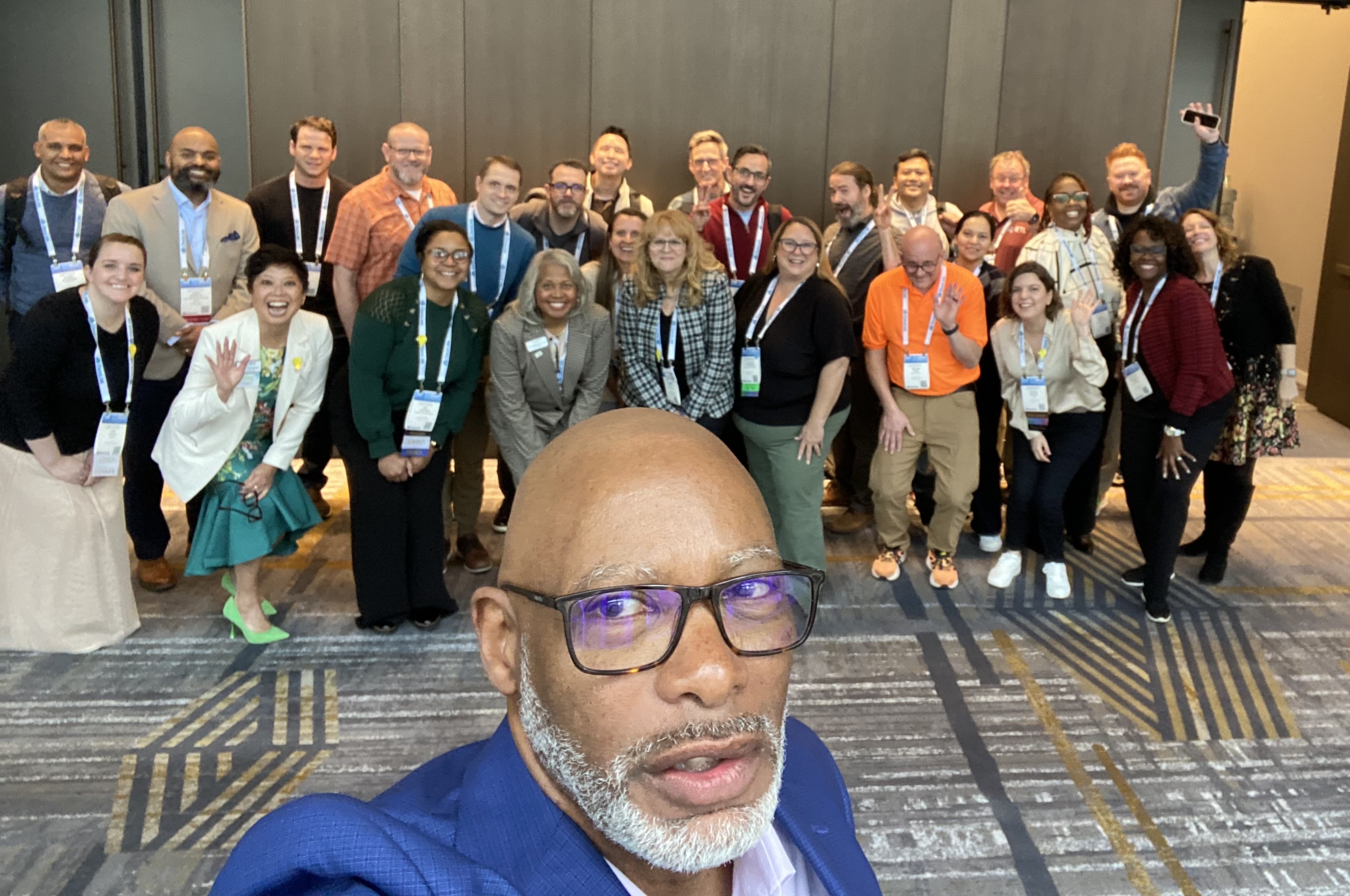High School Auditorium Gets Major AV Update
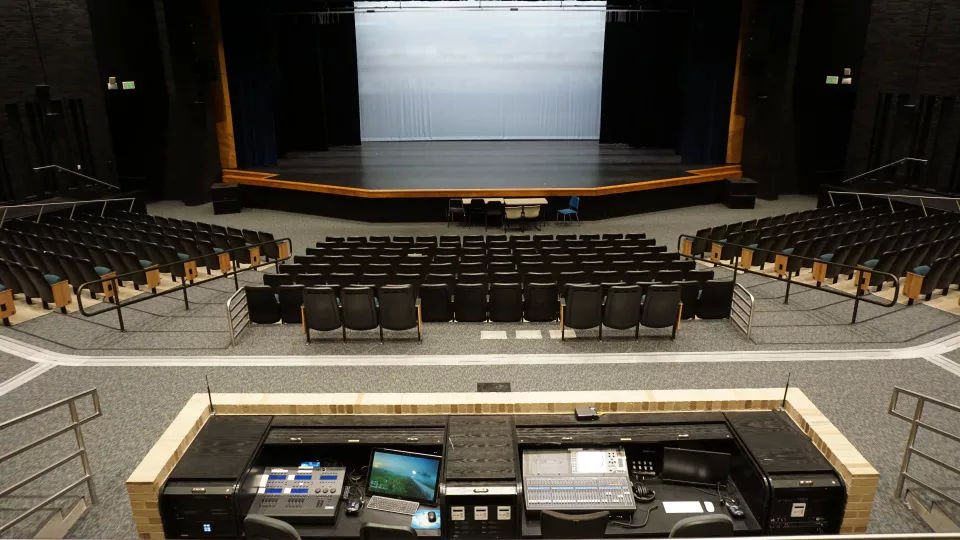
Calling the auditorium at Groves High School, located in Beverly Hills, MI, a “multiuse” venue is a bit of an understatement. The school’s thriving theater program, various types of music ensembles, and diversity of film and other events are just one part of its calendar. The 909-seat auditorium also sees use by elementary and middle schools in the area and is rented by local community groups as well as a church.
“We are booked most days out of the year,” said Stephen Carpenter, auditorium manager at Groves High School. “We certainly put our AV system through its paces.”
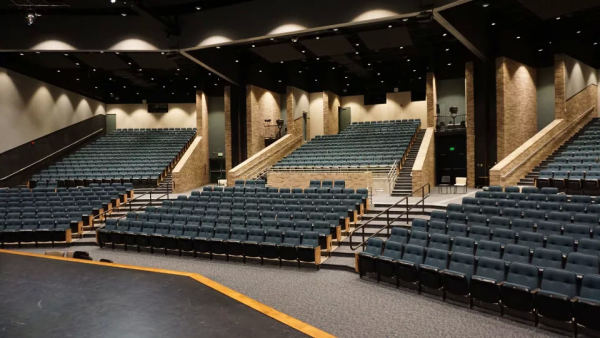
[Tech & Learning has announced the winners of the TCEA Best of Show Awards]
Until recently, that system was not just heavily used, but outdated. Physical features, like the chairs and curtains, had seen an overhaul in 2000, and, over the years, there have been some small adjustments to the audio and video systems. “For many of those renting the space, it was inadequate for their expectations of a modern performance venue,” Carpenter said, explaining one of the reasons Groves brought in Richard Boner of BAI in Austin, TX as the advising consultant and Advanced Lighting & Sound (ALS) to work on a project that brought the auditorium to a place far ahead of most high schools.
“The system for Groves HS consists of two separate systems working together or separate, as they were designed,” said Bob Sullivan of ALS, who was the project manager for the installation. “The primary AV system was designed to provide reinforcement for theatrical presentations as well as support for a variety of concerts and events that require live sound reinforcement. The project was a retrofit to an existing space that had been updated about 20 years ago.”
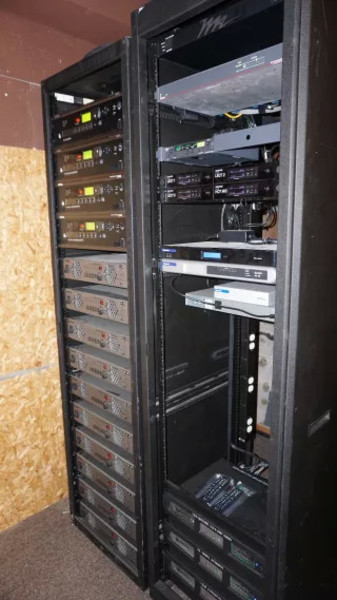
To best address the various needs of the auditorium, ALS installed a Yamaha AFC-3 (Active Field Control) system, an acoustic conditioning system designed to adjust and enhance the architectural acoustic characteristics of facilities that host a wide range of applications. Installing the AFC system, however, was no easy option, Sullivan said. The sheer number of speaker runs required to accommodate the system provided quite a challenge.
“Over the house, the ceiling, there is open construction with acoustical panels,” he said. “The design allowed for AFC speaker placement in the open spaces available between panels. The room has tiered seating in the back, and getting access to the ceiling for wiring and speaker installation was accomplished through lifts and scaffolding. Installation over the stage was more challenging because everything had to be coordinated with the stage rigging and lighting.”
Tech & Learning Newsletter
Tools and ideas to transform education. Sign up below.
Because of the dense rigging placement on stage, discrete mounting pipes weren’t an option. Ultimately, the AFC system had to be installed on moving line sets that accommodate the theatrical teaser curtains. “We had to install the wiring in a way that would allow for service and minimize the chance of damage to cabling if line sets were moved beyond the cabling limits,” Sullivan said. “On stage, Yamaha IF2205 speakers were used due to their size and the ability to conceal them behind the stage teaser curtains.”
As part of the project, the sound booth was relocated further back in the house, and, again, wiring was a big challenge, since existing conduit paths were limited. “Even some of the existing underground paths had to be abandoned because of broken paths or corroded pipes,” Sullivan said. “In laying out the system wiring, we decided early on we would leverage the Dante network that was going to be installed to accommodate the Yamaha systems. By minimizing cable requirements to simple Cat for Dante audio, we were able to accommodate the expanded audio needs via the digital domain.”
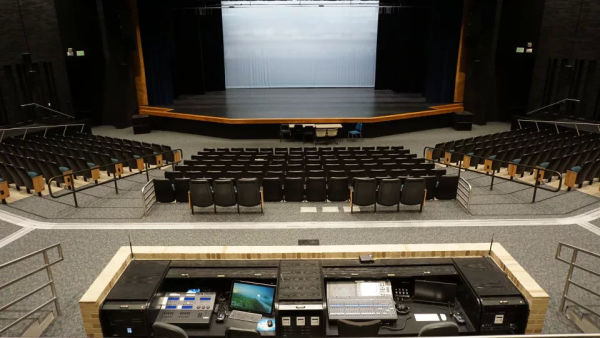
The first AFC stage system is an artificial band shell for performers, while the second, house system enhances the performance for the audience. The AFC system includes dual FIR (finite impulse response) Cards, a 68-channel REV system for the house with 64 Yamaha VXS8 speakers, four Yamaha IL1115 subwoofers, an eight-channel Early Reflection system using eight Yamaha IF2108 speakers, and a 24-channel stage system. All systems use Ri8-D mic pres and XMV8280-D amplifiers in conjunction with AFC3 processors equipped with Dante cards to communicate with the Ri8-D and XMV amplifiers. A Yamaha CL digital audio console and Rio stage boxes are also part of the new Dante network. A 12,000-lumen Panasonic PT-RZ12KU laser projector was added to meet Groves’ video needs, as well.
The first event held in the upgraded auditorium was a true test of the system, explained auditorium manager Carpenter. “Our ‘collage concert’ in an amalgamation of all of the different music and performance groups—so we had concert choir, show choir, orchestra, marching band, concert band—it was a full evening of different types of music in the space,” he said.
“With the new system, we were able to adjust the music on the fly so it would be tuned specifically for each group, so it sounded optimal for each of them,” he continued. “And the Yamaha system, it picks up the sound and distributes it so that you get the same feel, whether you’re on stage or in the audience. That probably is the single best thing that’s come out of this upgrade.”
“The AFC solution is more than a multi-speaker reverb system,” Sullivan concluded, noting that everyone on his team was amazed at the performance of the system. “It is truly a unique solution to room acoustics and performance limitations associated with stages that lack a band shell.”
cross posted at www.avnetwork.com
Mary Bakija is a freelance writer based in Brooklyn, NY.
